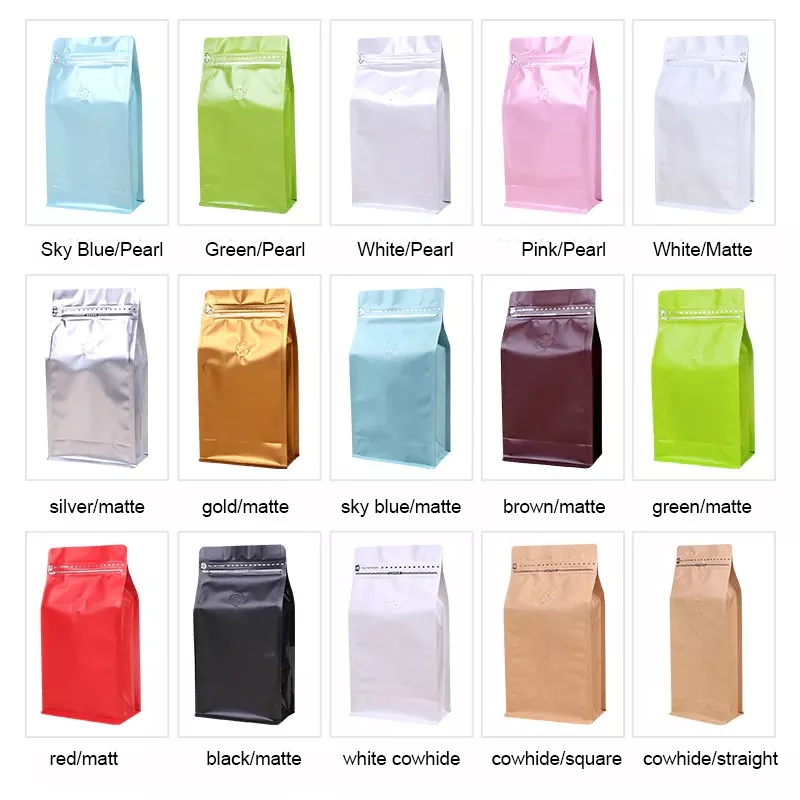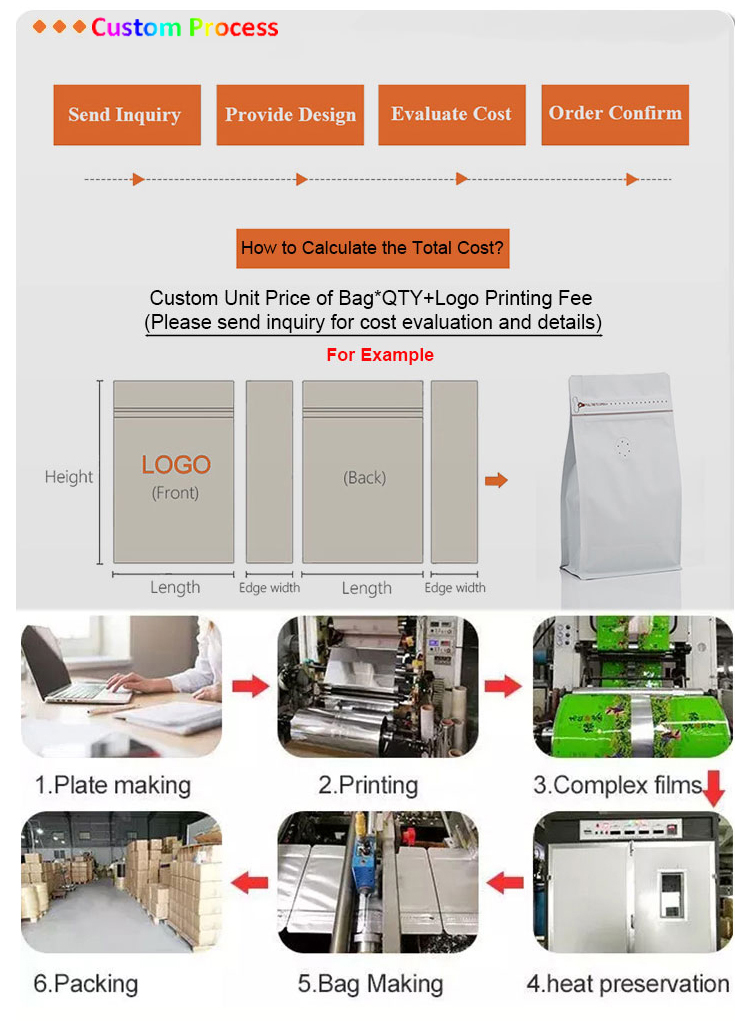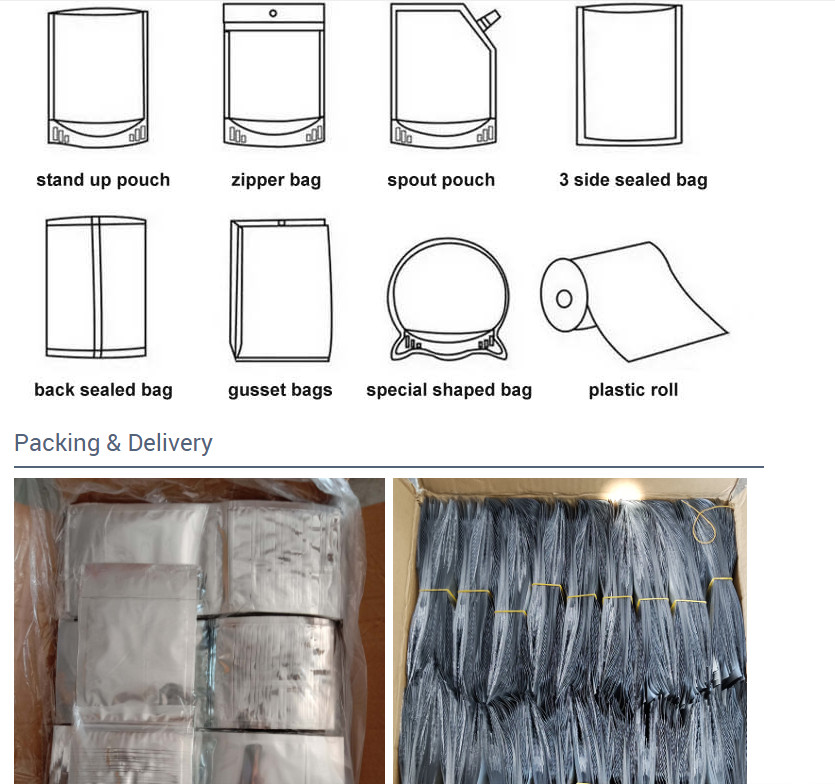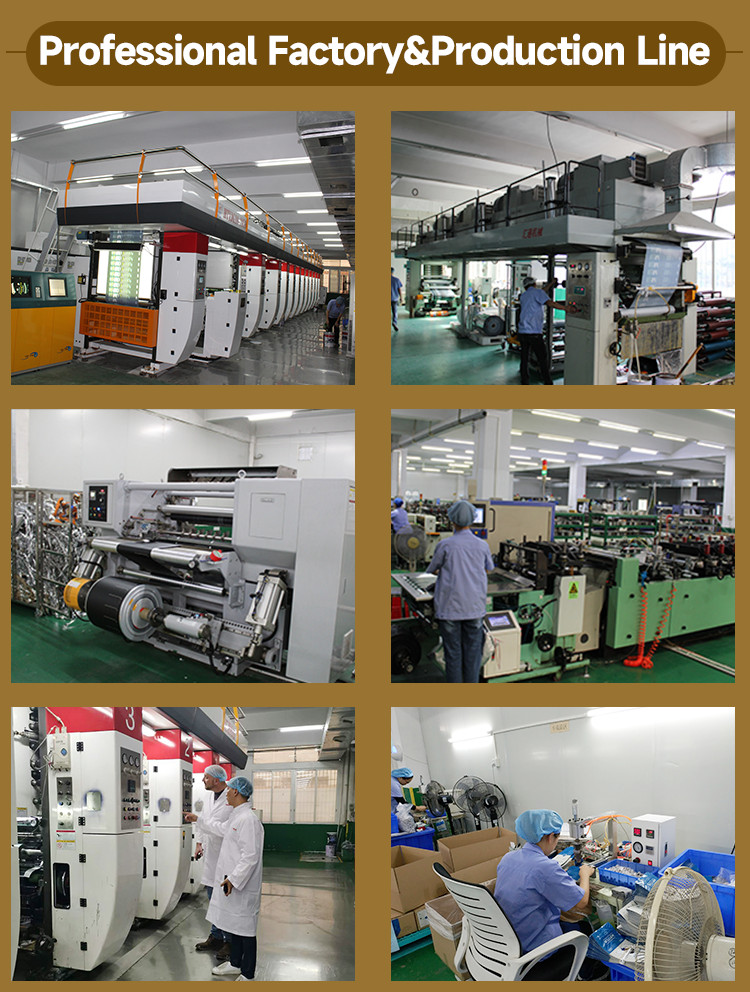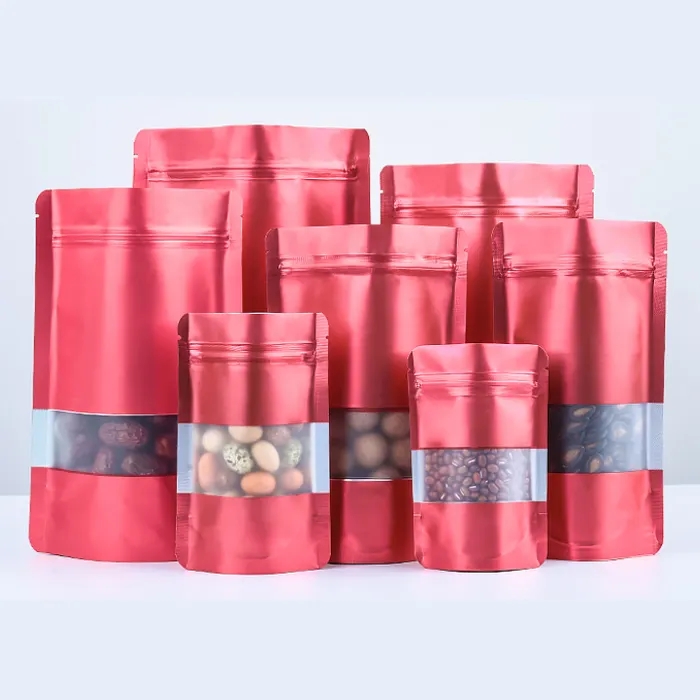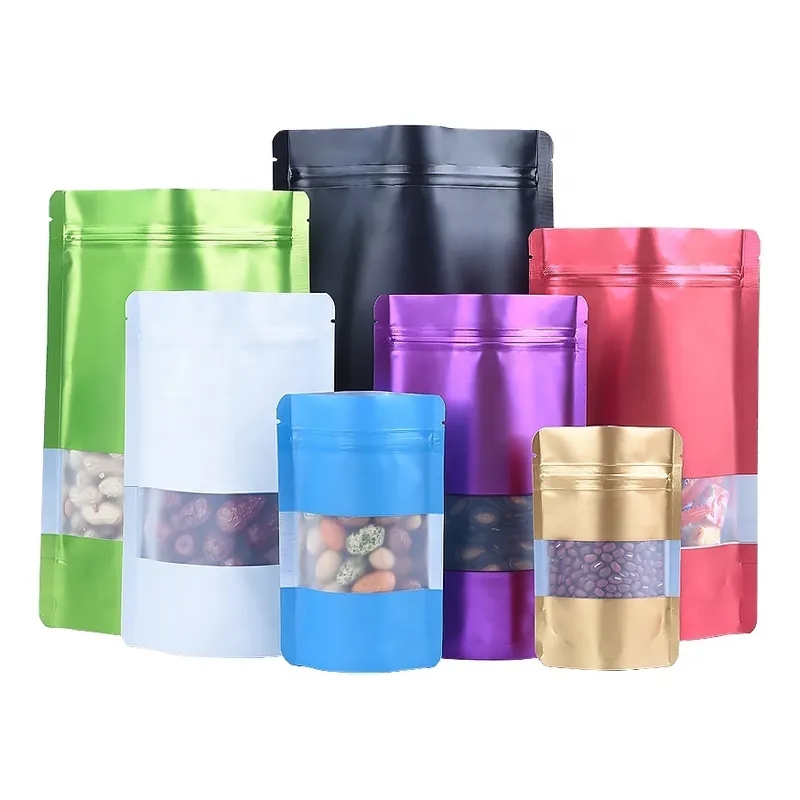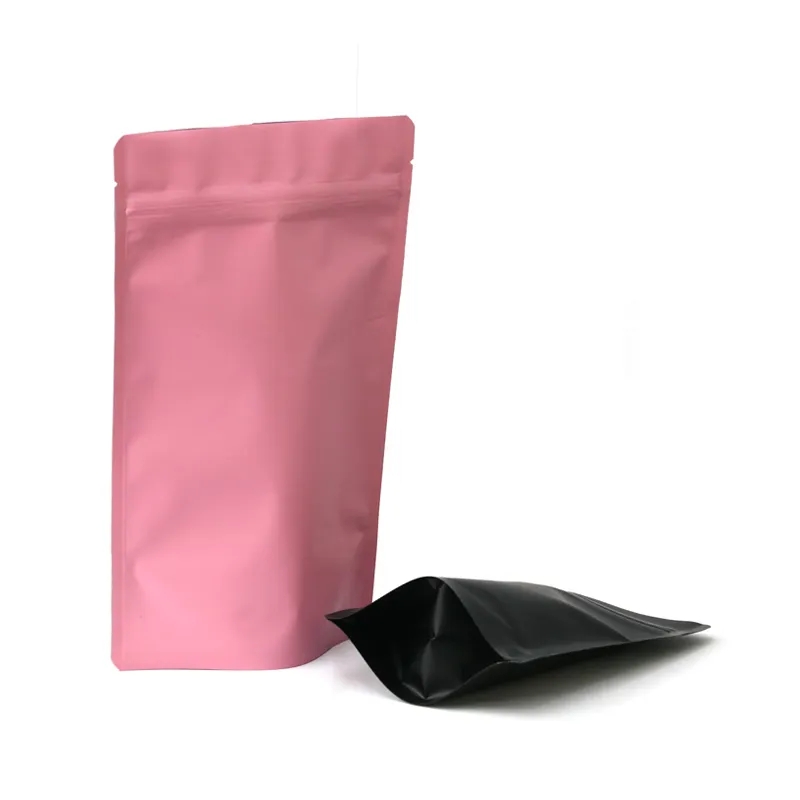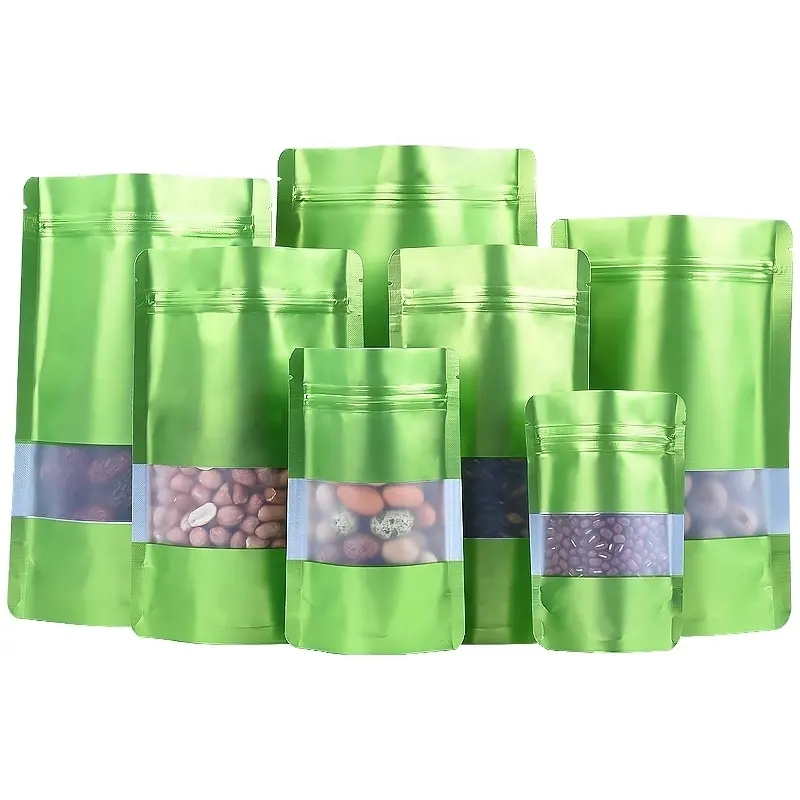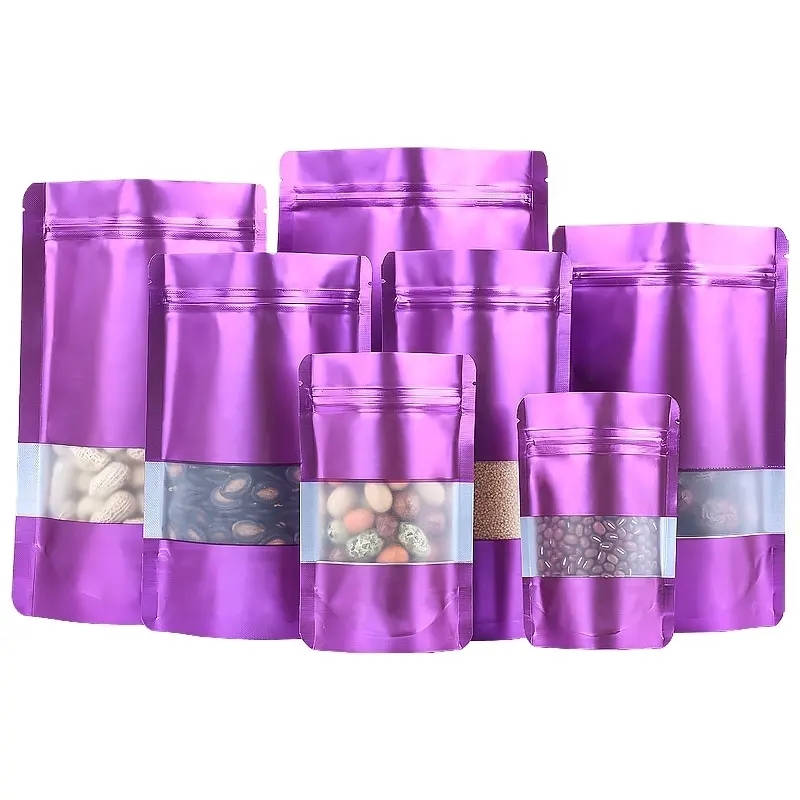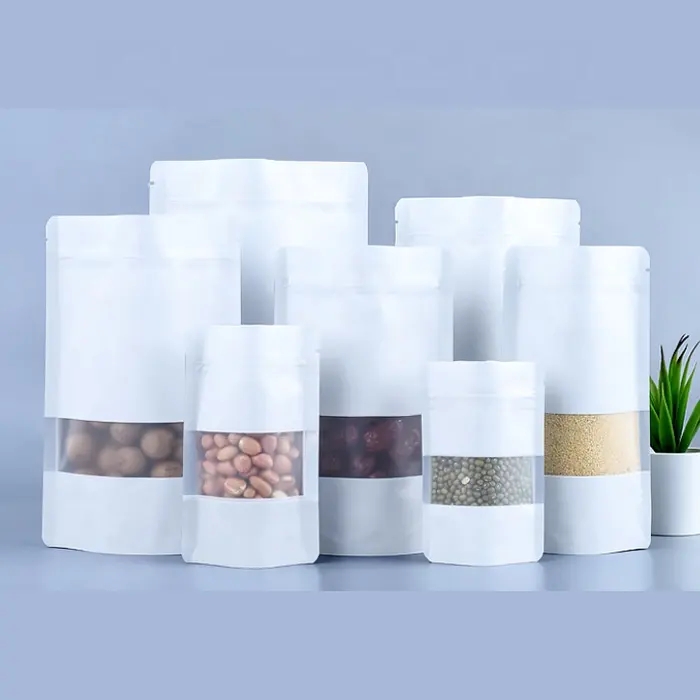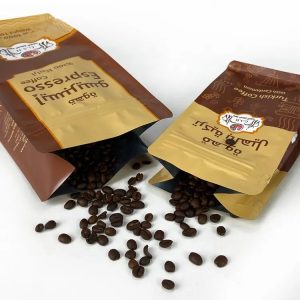Plastic Coffee Bags: An Essential Packaging Solution for Freshness and Sustainability
Introduction:
Plastic coffee bags play a crucial role in the coffee industry, serving as the primary packaging solution for preserving the freshness and aroma of coffee beans. With a perfect blend of functionality and sustainability, these bags have revolutionized the way coffee is stored, transported, and consumed worldwide. In this article, we will explore the key features, benefits, and environmental considerations associated with plastic coffee bags.
1. Features of Plastic Coffee Bags:
Plastic coffee bags are crafted from specialized materials that provide exceptional barrier properties, protecting the coffee beans from external elements such as moisture, oxygen, and light. Typically, these bags are made from a combination of multi-layered plastic films, such as PET (polyethylene terephthalate), PE (polyethylene), and/or aluminum foil. The layers are carefully laminated to create a robust, flexible, and airtight packaging solution.
The bags often incorporate a one-way degassing valve that allows freshly roasted coffee beans to release carbon dioxide without permitting air to enter. This valve is crucial as it prevents the bag from bursting due to gas buildup while preserving the coffee’s flavor and aroma.
2. Benefits of Plastic Coffee Bags:
a. Preservation of Freshness: The airtight and moisture-resistant nature of plastic coffee bags ensures that the coffee beans retain their freshness and original flavors for an extended period. This is especially vital for specialty coffees, as their unique profiles can be sensitive to environmental changes.
b. Protection from External Factors: Plastic coffee bags shield the contents from oxygen and light, both of which can degrade the quality of coffee over time. By maintaining an oxygen-free environment, the bags safeguard the coffee’s oils, flavors, and aroma, providing a delightful cup of coffee to consumers.
c. Convenient Packaging: Plastic coffee bags are available in various sizes and formats, including stand-up pouches with resealable zippers. This convenience makes them easy to handle, store, and transport for both retailers and consumers.
d. Branding and Design Flexibility: Manufacturers can customize the design, graphics, and branding on plastic coffee bags to create an appealing and informative packaging. Eye-catching packaging can attract customers and communicate the uniqueness of the coffee product.
3. Sustainability and Environmental Considerations:
Concerns about plastic waste and its impact on the environment are valid. However, it is essential to acknowledge that many plastic coffee bags are designed with sustainability in mind:
a. Recyclability: Some plastic coffee bags are made from recyclable materials, enabling consumers to responsibly dispose of them in recycling streams. Manufacturers are increasingly using recyclable plastics to reduce their environmental footprint.
b. Lighter Weight: Advanced manufacturing techniques have led to the creation of lightweight plastic coffee bags, reducing the overall material consumption and energy required for production.
c. Life Cycle Assessment: Life Cycle Assessments (LCAs) help analyze the environmental impact of plastic coffee bags, from raw material extraction to disposal. Many manufacturers are using LCAs to identify areas for improvement and implement eco-friendly practices.
Conclusion:
Plastic coffee bags have emerged as an indispensable packaging solution, ensuring the freshness and quality of coffee beans while providing branding opportunities for coffee roasters. Although concerns regarding plastic waste persist, the coffee industry is actively working on adopting more sustainable materials and practices. As consumers, retailers, and manufacturers continue to prioritize sustainability, the future of plastic coffee bags appears to be one that balances practicality with environmental consciousness.

